
Traveling has its ups and downs, its lucky moments and bad breaks. Things don’t always go as planned, but then something else works out even better than before. That’s both the fun and the stress of traveling.
Our last day of the Horner Exchange (and our penultimate day in Fuzhou) was a perfect case in point.
We were supposed to visit the Fujian Medical Library, but they were frantically in the midst of an accreditation review and weren’t able to host us. But it turned out to be fine because that meant that we had time to visit the campus of the Fujian Traditional Chinese Medical University. Coming from a Chinese Medical school myself, this was very appealing to me – and as an added bonus, a friend and former colleague of Jian’s works there so she would host us herself.
Richard wasn’t feeling well that morning so unfortunately he missed the visit and stayed back at the hotel to recuperate before the afternoon presentations. But Jian and I excitedly headed back out to Fuzhou’s “University Village” to visit a completely different kind of library than the ones we have been visiting.
The campus of the Fujian TCM University is jaw-droppingly gorgeous. As one might expect, the grounds are designed with feng shui, health, and balance in mind. In practice, this means a beautiful, natural setting with flowing paths and open spaces that all work together to create a harmonious and relaxing atmosphere. The library director met with us and said that TCM students have to work and study extremely hard to learn the discipline – harder than other medical students since they also have to learn philosophy, ancient Chinese, calligraphy, AND western medical practices on top of learning the esoteric workings of Chinese medicine. Because it’s such a stressful discipline, the university tries their best to make a pleasant, stress-free atmosphere for their students.

the view from the library lobby- Confucius looks out over the lake and mountains

panda pillows ! We were gifted these adorable pillows with the school’s mascot, Luo Luo who reminds me a lot of OCOM’s mascot, Moco!
Unfortunately, we didn’t get to spend much time in the library which was disappointing especially since I was hoping to do some collection development research. Funny that after 3 weeks and 20 libraries, I was disappointed that we skipped the library! We did stop in briefly, however, and got to see their collection of famous doctors’ prescription sheets which were written in beautiful calligraphy. The library director told us that even now they encourage their students to write out prescriptions in brush calligraphy because it encourages them to be more thoughtful, clear, and precise. How’s that for a marked difference between Chinese and western medicine?!

a preserved calligraphic prescription
What they really wanted to show us wasn’t the library, but their brand new museum of traditional Chinese medicine which was indeed very professional and impressive.

They treated us to a lavish lunch in their impressive university “canteen.” And since this is a school of traditional Chinese medicine, of course, every dish had a curative property. Suddenly, my OCOM lunch options seem so inadequate…
We had spent too long enjoying the good people and placid campus of Fujian TCM University and had to hurry back across town to Fujian Provincial Library for our 2:30 presentations. But thanks to our driver’s skill and a little traffic luck, we scooted into the building about 10 minutes before our start time. No sweat! Okay, there was a little sweat, but it all worked out fine. Richard was feeling better after his morning rest and gave his presentation about reading promotion in Oregon and I presented on library data services in the age of big data. And Jian, so tireless and capable, presented on both topics since she translated for us!

On that note, as we wrap up this trip, I want to give a special thank you to Jian who has been the superhero of this trip. We would not have had nearly as productive an exchange without such a skillful translator. Her language skills in both Mandarin and English excellent – Richard and I already knew how well-spoken she is in English, but she is also regularly complimented for her perfect Mandarin. One person said she sounded like a Chinese TV newscaster and she sheepishly admitted that she’d been her college TV station’s news anchor! But even more than that, having someone who’s so knowledgeable about so many aspects of librarianship has been invaluable. I would ask a half-baked question about, say, inter-library loan, and she was able to formulate my jumble of words into something meaningful that prompted a useful exchange of ideas. On top of all that, she also has lots of professional connections here in China that added so much value to our trip – including this day’s university visit. Thank you, Jian! We really could not have done it without you!


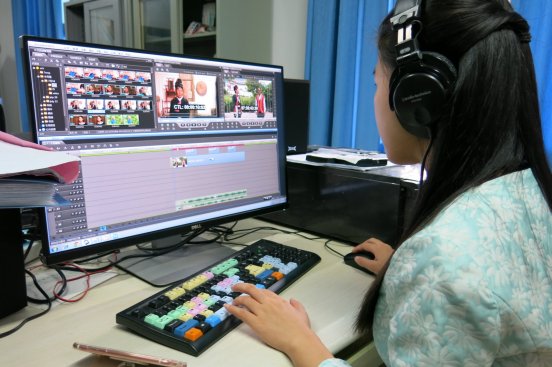
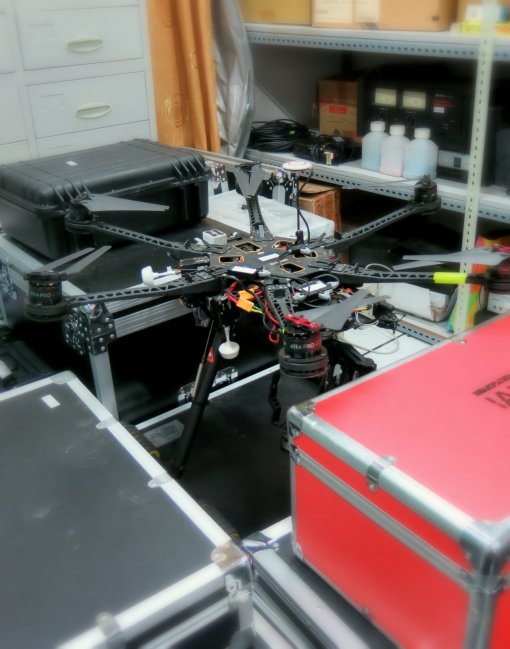
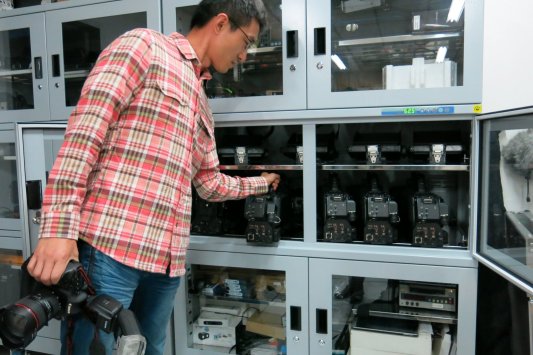
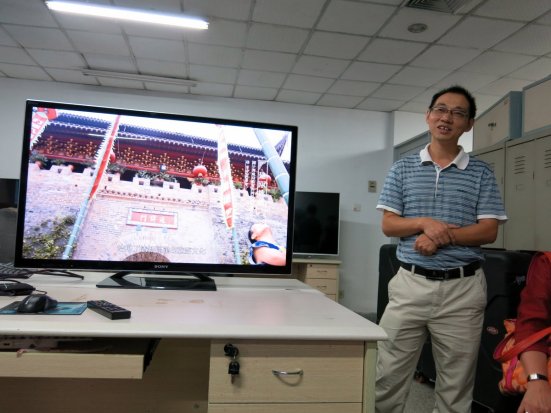
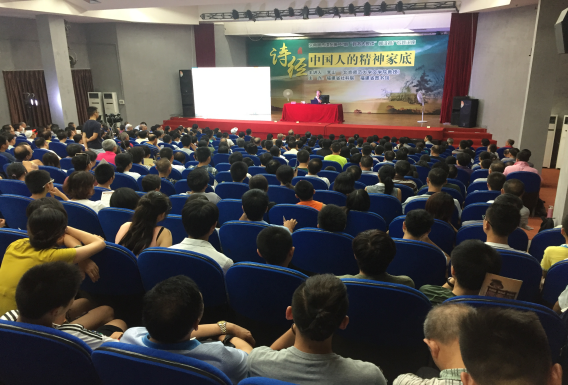
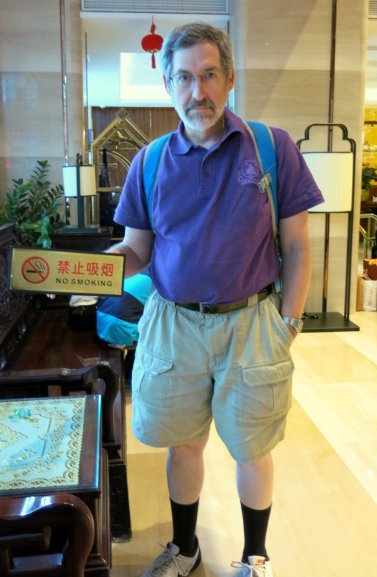
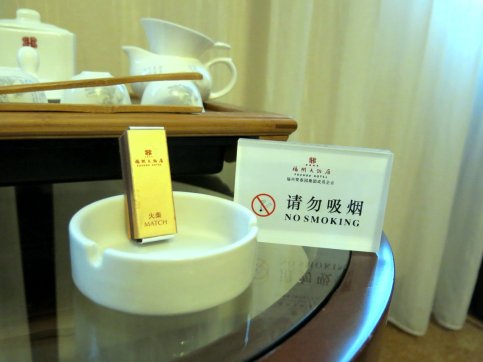


















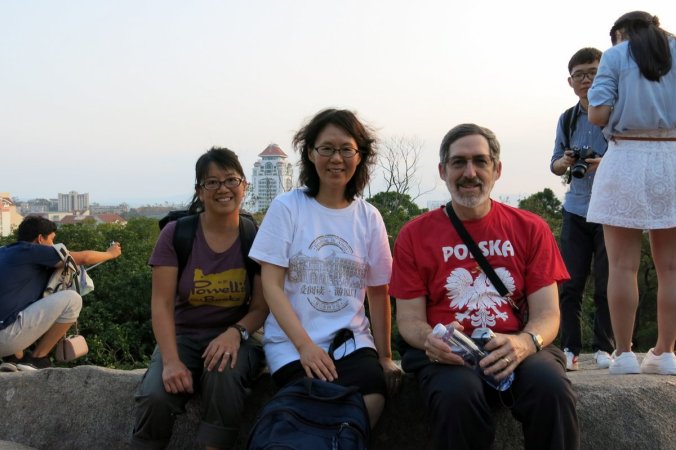





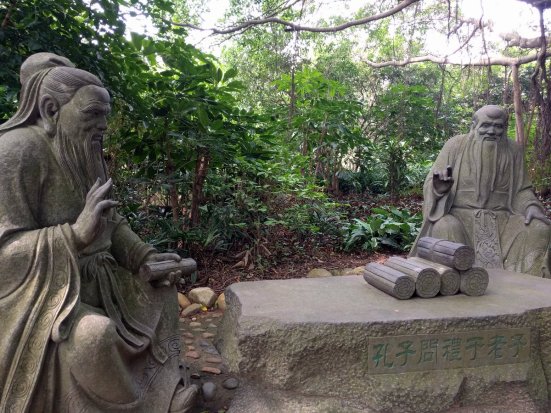






















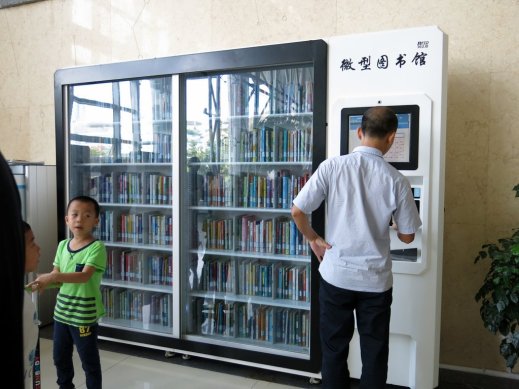



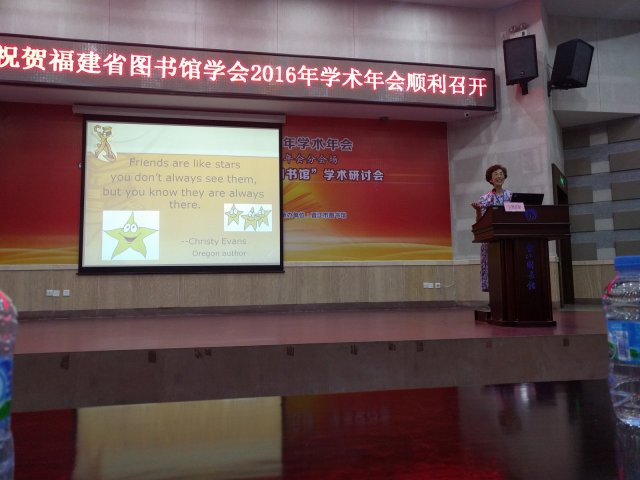





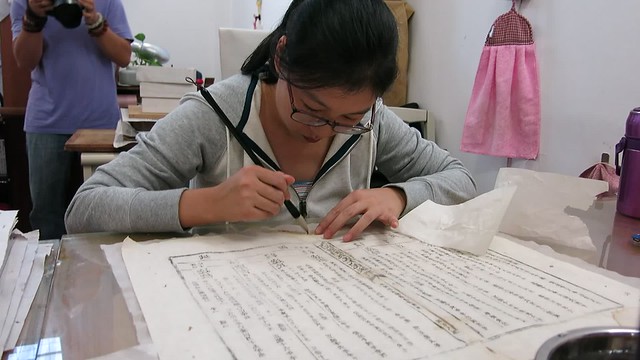
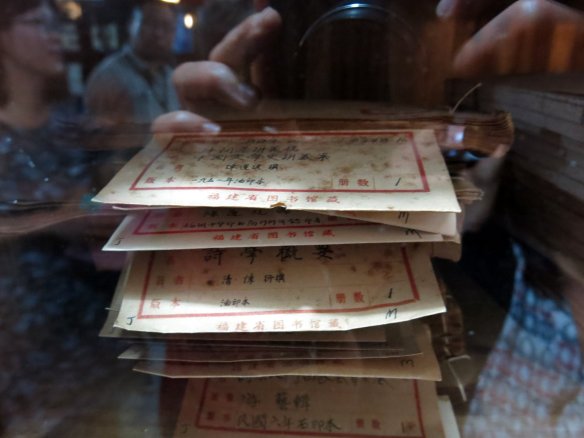

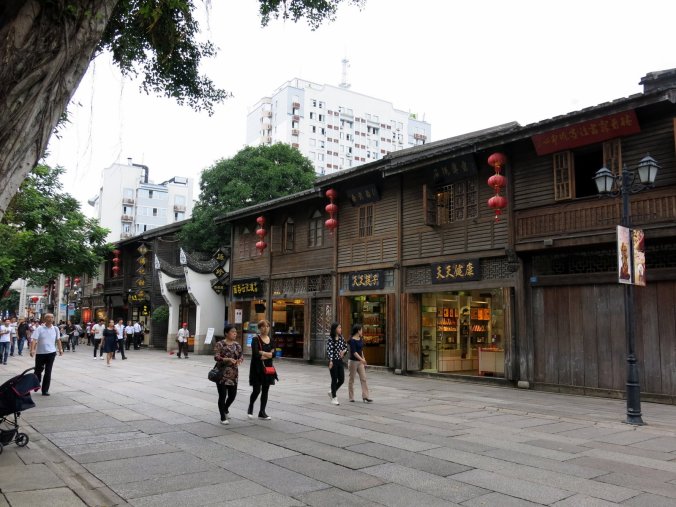







 Good morning from Fuzhou! This is Veronica and I am the first of the Oregon delegation to arrive here in Fuzhou. Jian should be here shortly. Richard, Rosalind, MaryKay, Amy will all come in either today or tomorrow.
Good morning from Fuzhou! This is Veronica and I am the first of the Oregon delegation to arrive here in Fuzhou. Jian should be here shortly. Richard, Rosalind, MaryKay, Amy will all come in either today or tomorrow.